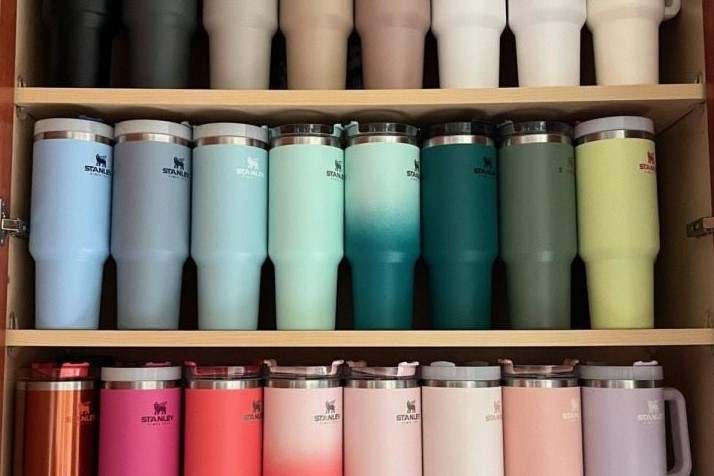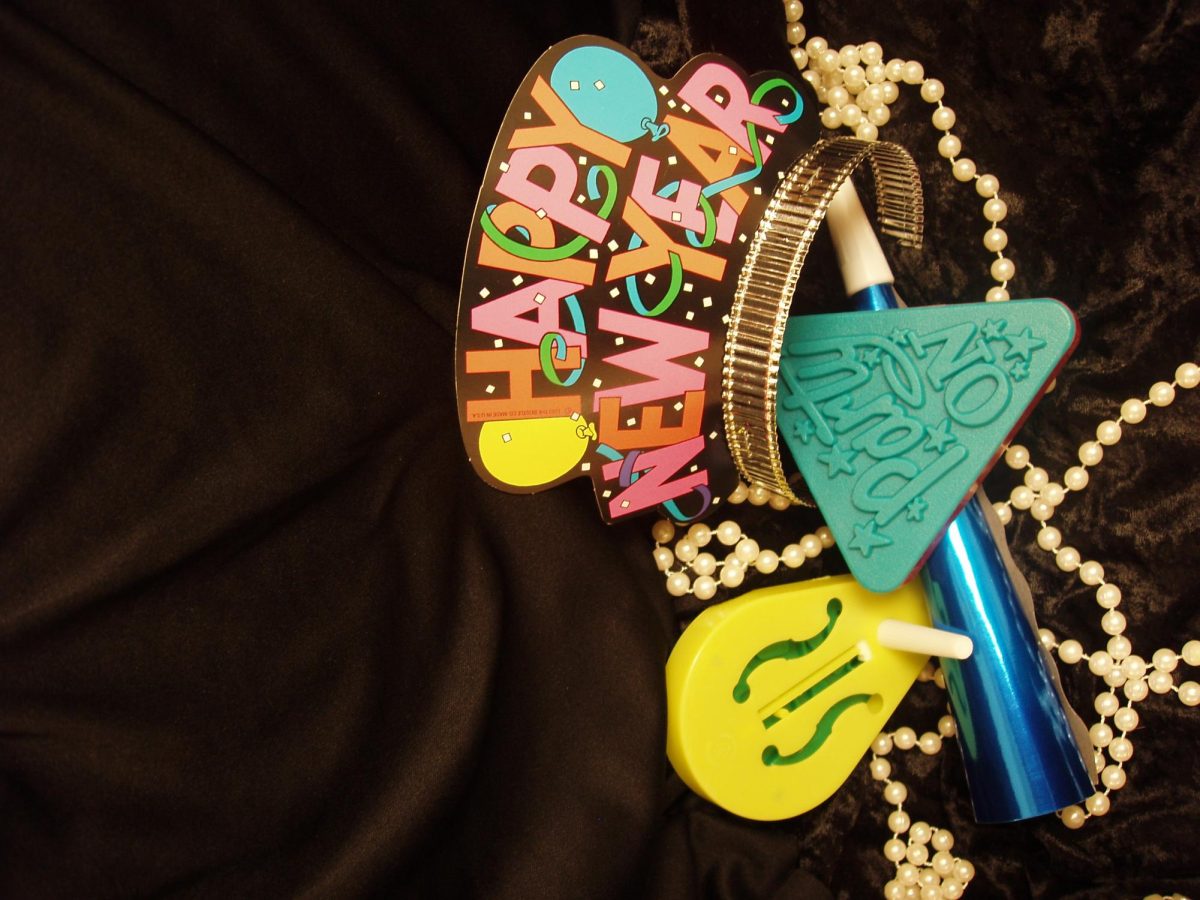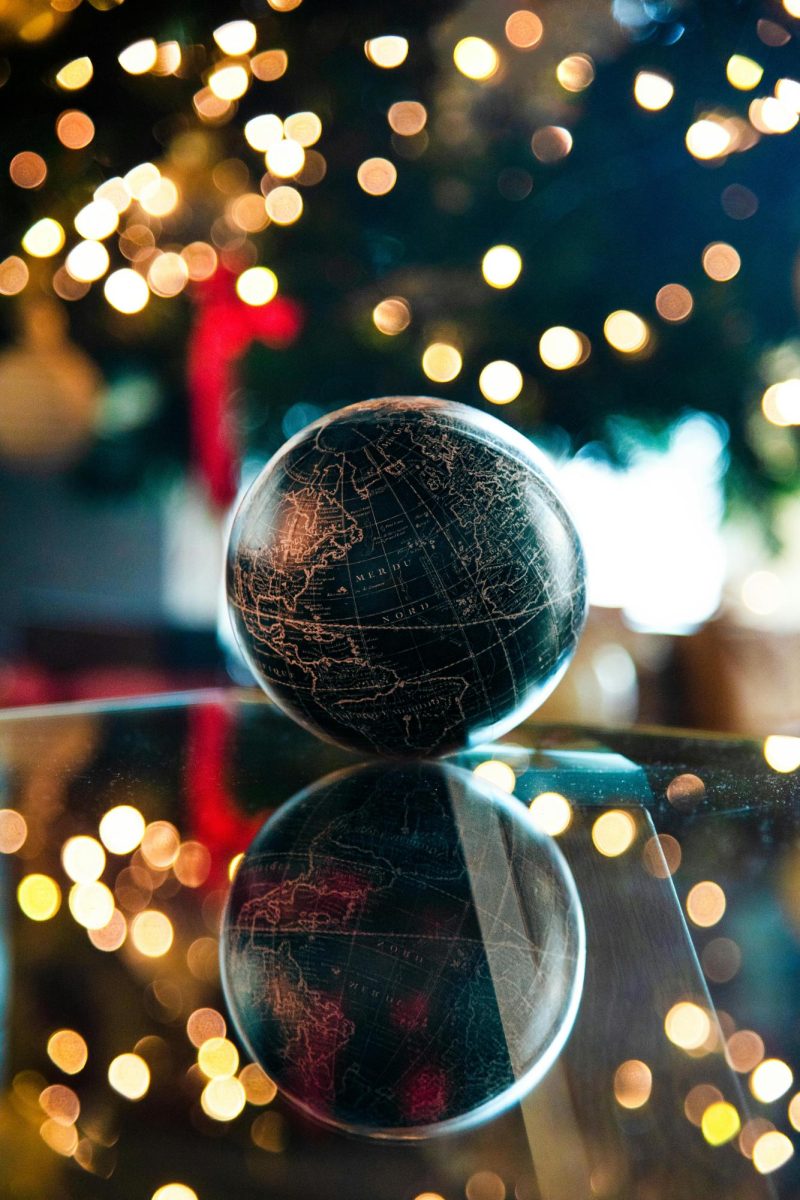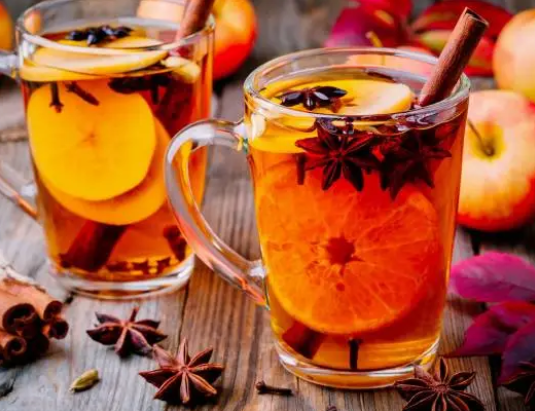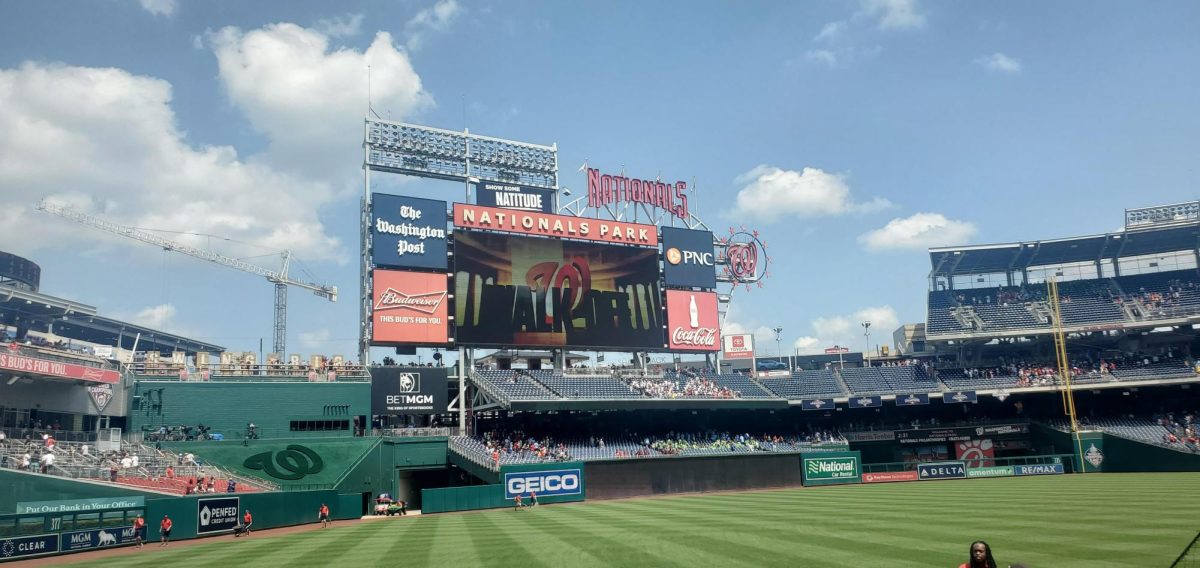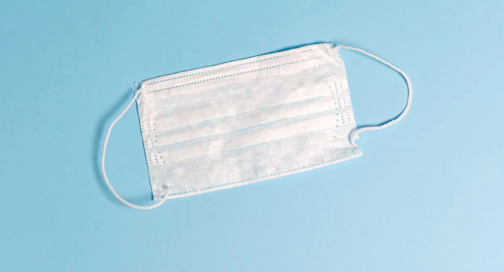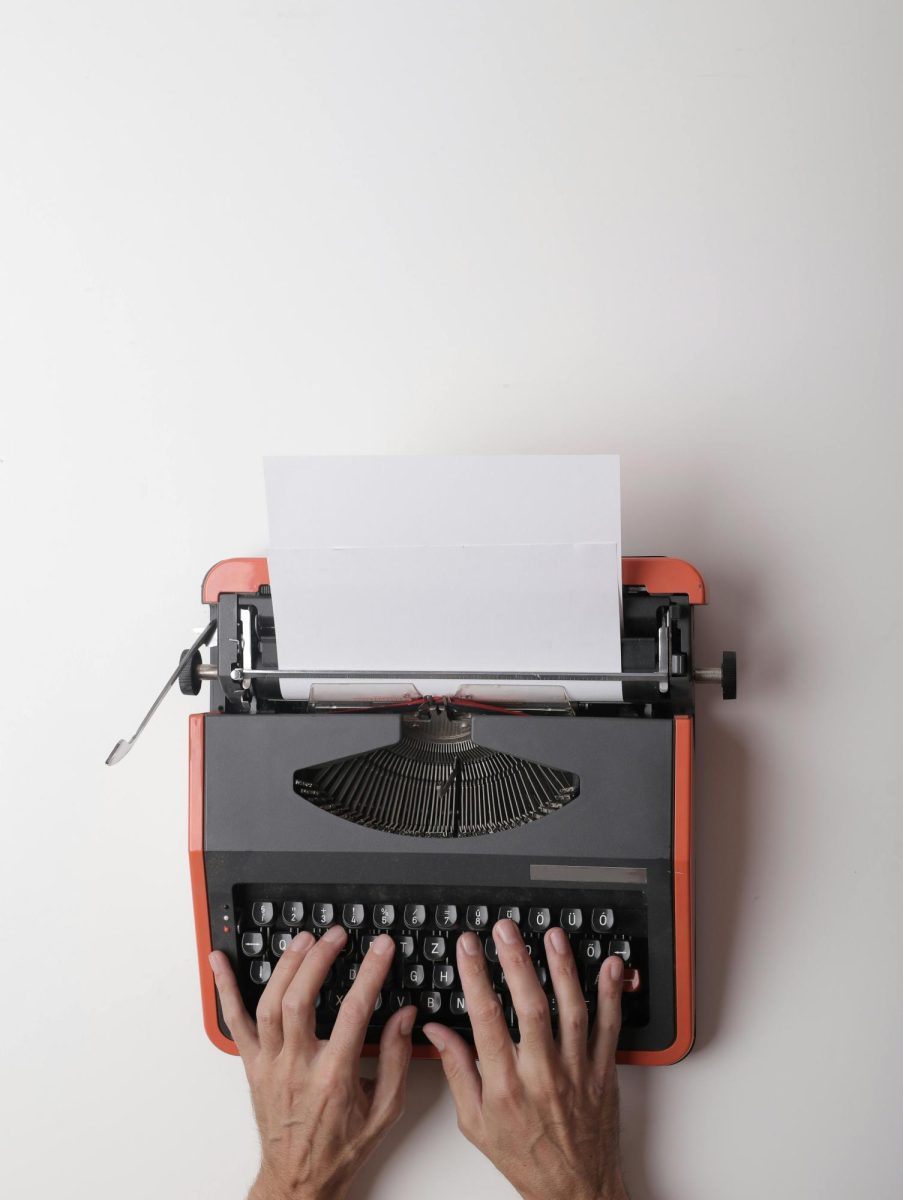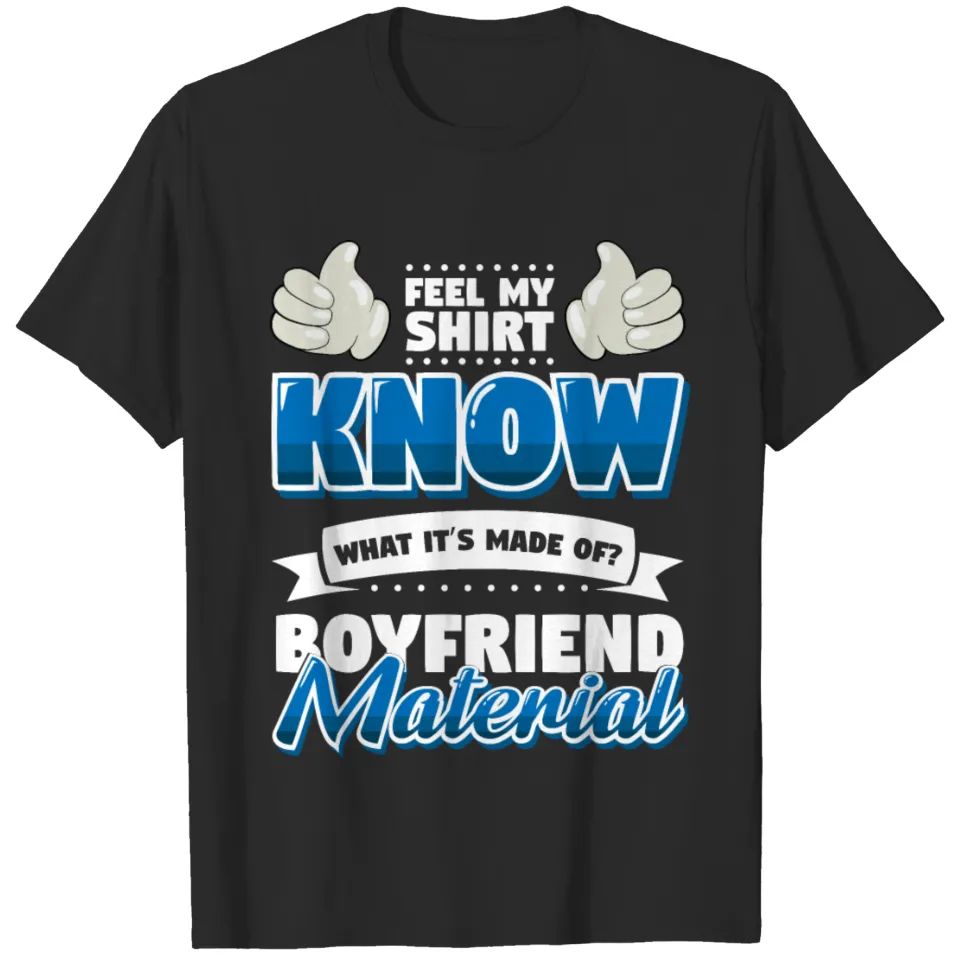While scrolling through TikTok, Instagram Reels, or whatever short-form content platform you may use, you’ve most likely stumbled across these big, colorful 40 oz. tumblers: the Stanley Cup. These videos could range from someone relishing their new jewel-toned cup to someone showcasing a large array of every Stanley Cup color in existence within their kitchen cabinets. The popularity surrounding this cup didn’t just stay on social media, like with the popular trend of #WaterTok*, but ended up bleeding into reality; this $45 cup was inescapable – thousands of people were posting about it online, and if you looked up from your phone, you would probably see someone taking a big sip out of their big Stanley straw. As some people began physically fighting each other just to buy a limited edition color of a water bottle, this craze was no longer just a trend… But, the Stanley brand has already been around for 110 years, so why did the Stanley FlowState H2.0 Quencher Tumbler explode into something that can only be described as akin to mass hysteria?
Before the frenzy truly started, the Stanley brand decided they could no longer stick to their old-school, hammertone green thermos as their main seller. When Terence Reilly, the man responsible for changing Crocs’ image from ugly to fashionable, joined the team, the marketing began to target a different demographic… Women. With its variety of cute colors and accessories, and with its utilization of influencers for advertising, the Quencher was able to reach the Millennial and GenZ (especially female) audience. In November 2023, TikTok user @danimarielettering uploaded a video that would help lead this wave – the video depicted a Stanley Cup surviving a burning car, with the ice inside unphased by the fire. The video received 94 million views, and the Stanley company offered to buy the woman Stanley products and a new car. It was not for nothing though, as this clip helped launch the tumbler into virality for its durability and ability to keep drinks hot/cool for long periods of time. In 2019, Stanley’s annual revenue was ~$73 million. In 2023, they reached more than $750 million.
But everything reaches its peak, and it was no different with the Quencher, as many cups have now found a new home on Goodwill shelves. The final blow came when Stanley was sued for using lead, a highly poisonous metal, in their manufacturing process. Although their spokesperson had ensured that there was no risk in using a Stanley Cup, since the lead is in the sealing material and inaccessible when drinking, the damage had already been done. This era of the world had finally ended.
Or has it?
Although the Stanley Cup craze has declined, overconsumption has not. This isn’t to say that all those who bought into the trend are lacking restraint. It can’t be denied that the tumbler is very useful in terms of its purpose – but it is important to stay mindful, especially for those who have built entire collections. New products will continue to pop up and be “hyped up” through social media, and it’s important to keep in mind if you truly need something or just want it because of the popularity surrounding it. Corporations are smarter than you think and thrive off manufactured popularity. And even with just any products in general, it’s important to not disregard items you already have to justify a new purchase. There is an argument to be made about how “if it makes someone happy, it shouldn’t matter,” but do these material possessions give more to consumers’ lives or the pockets of these producers? And I do wonder if the people who collected Stanley Cups continue to collect to this day, or have moved onto the next big thing. Regardless, it never hurts to be more aware of your spending habits.
With the world’s mysterious interest in water bottles (the Hydro Flask, Starbucks tumbler, Stanley Cup, and now the Owala…), let them be a reminder of conscious purchasing.
*#WaterTok: A TikTok hashtag/trend where people, usually using Stanley Cups, create different flavored water recipes using syrups and flavoring powders

